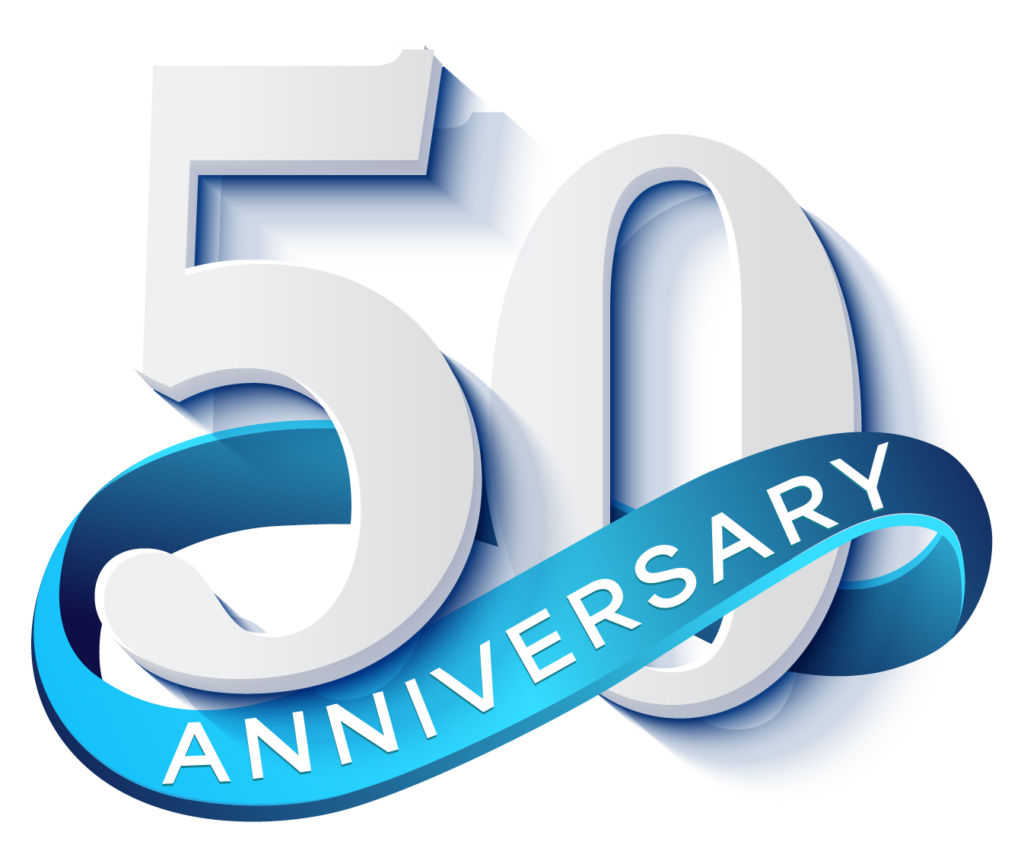In the heart of business, there exists a force that can either propel an organization to the pinnacle of success or drag it into the abyss of failure – the elusive chemistry of team dynamics. Dysfunctional teams, like turbulent storms, have the potential to wreak havoc, undermine morale, and strangle innovation. But within their turbulence lies an opportunity – an opportunity for a revival, transformation, and ultimately, success.
Let’s explore everything you need to know about how to fix a dysfunctional team. We’ll also unravel the signs and root causes of dysfunction while outlining the best strategies for how to fix a dysfunctional team.
The goal? A workplace where collaboration flows, where innovation soars, and where your team becomes an unstoppable force that shapes the future.
Identifying Signs of a Dysfunctional Team

The first step to how to fix a dysfunctional team is steering your team toward success. This is done by recognizing the subtle but unmistakable tell-tale signs of a team in distress.
Lack of Communication and Collaboration
A team without effective communication and collaboration is like a ship without a rudder. Dysfunctional teams often suffer from communication breakdowns that lead to confusion, missed opportunities and reduced productivity. According to a study by Fierce, Inc., 86% of employees shared that a lack of collaboration or ineffective communication is the major cause of workplace failures.
High Turnover Rates and Low Employee Engagement
High turnover rates and low employee engagement are the canaries in the coal mine, signaling a dysfunctional team’s presence. Research from Gallup reveals that actively disengaged employees cost the U.S. between $450 billion to $550 billion in lost productivity each year. Moreover, it’s estimated that the cost of replacing an employee can be as much as 33% of their annual salary.
To combat this, organizations should prioritize employee engagement, recognizing that engaged employees are 59% less likely to look for a job with a different organization. Encourage career development, offer recognition and rewards, and foster a positive work environment.
Negative Atmosphere and Conflicts
A negative atmosphere filled with conflicts is the hallmark of a dysfunctional team. A report by CPP Global. found that 85% of employees experience conflict to some degree, with the average U.S. employee spending 2.8 hours per week dealing with conflict. Such conflicts erode trust and create a toxic work environment, ultimately affecting productivity and job satisfaction.
Root Causes of Team Dysfunction
To know how to fix a dysfunctional team, we must first break down dysfunction. What are the underlying causes that give rise to conflict within a team?
Poor Leadership and Management Styles
In the heart of many dysfunctional teams lies poor leadership and management. In fact, 75% of employees cite their immediate boss as the most stressful part of their job, according to a study by the American Institute of Stress. Ineffective leadership can lead to employee dissatisfaction, confusion, and low morale.
Autocratic Leadership
Autocratic leadership is a style where a leader exerts absolute control, making decisions unilaterally without involving the team. This approach can stifle creativity, demoralize team members, and hinder the flow of innovative ideas. In managing dysfunctional teams, autocratic leaders are often seen as domineering figures who disregard the input of their subordinates, creating a sense of powerlessness among team members.
Micromanagement
Micromanagement is the bane of many teams, where leaders excessively involve themselves in the minutiae of tasks, leaving team members feeling disempowered and unmotivated. Team members become mere task executors, devoid of autonomy or the opportunity to showcase their capabilities. This not only hampers productivity but also breeds frustration and resentment.
Laissez-Faire Leadership
On the other end of the spectrum, laissez-faire leadership represents a hands-off approach where leaders are overly passive and provide minimal guidance. While autonomy is essential for becoming a more decisive leader, this style can lead to a lack of direction. Therefore, it can leave team members feeling adrift and disconnected from their leader. Without a clear vision or guidance, teams may flounder, leading to confusion and reduced morale.
Transactional Leadership
Transactional leaders rely heavily on a system of rewards and punishments to motivate their teams. While this approach can be effective in some contexts, if you’re not careful, it can lead to a culture where team members are primarily driven by external incentives, rather than a genuine commitment to the team’s goals. Dysfunctional teams under transactional leadership may lack intrinsic motivation, leading to reduced engagement and creativity.
Transformational Leadership
In contrast, transformational leadership aims to inspire and motivate team members to achieve beyond their expectations. However, in dysfunctional teams, leaders may struggle to embody this style fully. Dysfunctional teams require leaders to not just inspire but also address underlying issues. Failing to do so can leave the team inspired but still stuck in a vicious cycle of dysfunction.
Inconsistent Leadership
Inconsistency is a dysfunctional leadership style that can be equally damaging. Team members crave stability and predictability. When leaders switch between different styles unpredictably, it can leave team members unsure of what to expect. This ambiguity can contribute to confusion, reduced morale, and a lack of trust within the team.
In knowing how to fix a dysfunctional team, leaders should invest in leadership development programs, focusing on coaching, emotional intelligence, and fostering a supportive and empowering leadership style.
To help you transform your leadership, Personalysis offers an intensive program to achieve results with people and processes. The Executive Intensive Program equips leaders with the tools they need to understand themselves and others, paving the way for more influential and impactful leadership.
Unclear Roles and Responsibilities
Unclear roles and responsibilities are fertile ground for dysfunction to take root. Only about half of employees say they understand the role of their organization and their responsibilities within it. This lack of clarity leads to inefficiency, confusion, and finger-pointing.
Differing Goals and Misaligned Objectives
When team members pursue differing goals and objectives, it fractures the team’s unity and disrupts its functionality. Lack of alignment with organizational goals is a significant source of stress for employees.
To harmonize these goals, organizations must emphasize the importance of alignment with the broader mission, set clear, shared objectives, and encourage open discussions about individual and team goals.
Steps to Fix a Dysfunctional Team
Once we’ve identified the problem, it’s time to offer a solution. Let’s look into the strategies and solutions on how to fix a dysfunctional team, guiding them towards unity, efficiency, and excellence.
Assessment and Analysis
To revive a dysfunctional team, the first step is a comprehensive assessment and analysis. Some teams never identify the root causes of their dysfunction.
To prevent this, leaders should evaluate team dynamics, individual strengths and weaknesses, and conduct a SWOT analysis for the team. This strategic analysis will serve as the foundation for the revitalization process and knowing how to fix a dysfunctional team.
Strategies for Assessing Team Dynamics
- Observation: Leaders can gain valuable insights by observing team interactions during meetings, projects, and even informal discussions. Paying attention to body language, tone of voice, and levels of connection and engagement can reveal hidden dynamics.
- Surveys and Feedback: Anonymous surveys and feedback sessions can provide team members with a safe space to express their perceptions of team dynamics. This input can shed light on underlying issues that might not be apparent otherwise.
- Conflict Analysis: Analyzing past conflicts can help identify recurring issues and areas where team dynamics are strained. This analysis should go beyond surface-level conflicts to uncover deeper tensions.
- Team-Building Exercises: Team-building activities can help reveal how team members collaborate and interact in a less formal setting. These exercises can uncover underlying issues that need to be addressed.
Strategies for Assessing Individual Strengths and Weaknesses
- Science-based Personality Assessments: Science-based personality assessments like Personalysis can provide valuable insights into the personalities and preferences of team members. These assessments can help identify areas where team members complement each other and areas where differences might lead to conflict.
- Skills Inventory: Team leaders can maintain an inventory of the skills and competencies possessed by each team member. This can help match tasks and responsibilities to individuals who are best suited for them.
- Performance Reviews: Past performance reviews and evaluations can offer insights into individual strengths and areas for improvement. These reviews should consider not only technical skills but also interpersonal skills and communication abilities.
- Self-Assessments: Encouraging team members to conduct self-assessments can provide insights into how they perceive their own strengths and weaknesses. These assessments can be supplemented with peer assessments for a more comprehensive view.
Strategies for Conducting SWOT Analysis for the Team
- Strengths: Identify areas where the team excels. These can include specific skills, high morale, or effective collaboration.
- Weaknesses: Pinpoint areas where the team falls short. These might include communication issues, lack of trust, or unresolved conflicts.
- Opportunities: Assess external opportunities that the team can leverage. This can include training programs, new technology, or industry trends that the team can capitalize on.
- Threats: Recognize external threats that might impede team performance. These can encompass budget constraints, market competition, or changes in regulations.
Open Communication Channels
Effective communication channels are the lifeblood of any successful team. According to the Project Management Institute, organizations with poor communication are more likely to experience project failure. Leaders should prioritize transparent communication, active listening, and frequent team meetings. Tools like video conferencing and chat applications can facilitate real-time communication, even in remote work settings.
Redefining Roles and Goals
A vital step in resolving dysfunction is redefining roles and goals. Harvard Business Review emphasizes the importance of role clarity, indicating that 70% of the variance in employee engagement is tied to the clarity of roles and goals. Clear, measurable team goals aligned with the organization’s targets are essential for ensuring everyone pulls in the same direction.
Cultivating a Positive Team Culture
Cultivating a positive team culture is a long-term investment that pays remarkable dividends. To foster a positive culture, organizations should promote trust, mutual respect, and collaboration over competition. Celebrating achievements and milestones can boost morale and motivation.
Conflict Resolution Strategies
Conflict is a natural consequence of diverse perspectives, goals, and personalities coming together in a team. While it’s impossible to eliminate conflict, the team can navigate and resolve these conflicts that truly separate high-functioning teams from dysfunctional ones.
Addressing and Resolving Interpersonal Conflicts
Interpersonal conflicts are disagreements or disputes between individual team members. These conflicts can range from differences in opinion to personal clashes. Addressing and resolving these conflicts involves several key steps:
- Active Listening: Encourage team members to express their concerns and viewpoints while others actively listen. This allows everyone to feel heard and valued.
- Mediation: In cases where conflicts escalate, a neutral third party, such as a team leader or HR representative, can mediate the discussion to facilitate a resolution.
- Defining the Issue: Identify the root cause of the conflict and ensure that everyone understands the underlying problem.
- Brainstorm Solutions: Encourage the conflicting parties to generate potential solutions to the issue. This helps shift the focus from the problem to finding a resolution.
- Agree on a Resolution: Ultimately, the conflicting parties should reach a consensus on a resolution that works for both sides.
Learning from Conflicts to Enhance Team Cohesion
The next and often overlooked aspect of effective conflict resolution is learning from conflicts. Every conflict provides an opportunity for growth and improvement. Here’s how teams can use conflicts as a tool for enhancing cohesion:
- Post-Conflict Evaluation: After a conflict is resolved, conduct a debriefing session to analyze what transpired. Discuss what went well during the resolution process and where improvements could be made.
- Identify Patterns: Over time, recognize recurring themes or triggers for conflicts within the team. Identifying these patterns can help prevent future conflicts or address them more effectively when they arise.
- Implement Changes: Use the insights gained from post-conflict evaluations to make changes in team processes, team communication methods, or roles and responsibilities to reduce the likelihood of similar conflicts.
- Build Resilience: A team that learns from conflicts becomes more resilient and adaptable. Encourage team members to view conflicts as opportunities for growth and as catalysts for change.
Empowering Leadership
Empowering leadership is the beacon that guides a dysfunctional team toward greatness. To harness empowering leadership, you must develop transformational leadership skills, delegate authority and empower team members, lead by example, and inspire growth within the team.
Personalysis can empower leaders with our Executive Intensive Program, providing the tools needed to understand themselves and others on a deep level. With this program, you can take your leadership to the next level.
Training and Skill Development
Identifying skill gaps and training needs is essential for boosting team performance. A study by the Association for Talent Development found that companies with comprehensive training programs have 218% higher income per employee than those with less comprehensive training. Organizations should provide continuous learning opportunities, customize training to individual needs, and enhance the team’s skill set to boost overall performance.
Monitoring and Sustaining Team Improvement
But the journey doesn’t end with implementing solutions; it continues with growth and sustenance. To ensure your team stays on the path to greatness, we’ll explore the art of monitoring, nurturing, and consistently elevating team performance.
Key Performance Indicators (KPIs)
To monitor and sustain team improvement, Key Performance Indicators (KPIs) play a crucial role. Research that organizations that effectively use KPIs achieve higher growth. These indicators measure team productivity and output, track employee satisfaction and engagement, and provide data for continuous improvement efforts.
Ongoing Feedback and Adjustments
Continuous feedback and adjustments are the lifeblood of sustained improvement. A study by Gallup reveals that employees who feel ignored by their managers are twice as likely to be actively disengaged. Organizations should collect feedback from team members, adapt strategies based on performance metrics, and remain agile in response to changing dynamics.
Summary
In the journey of how to fix a dysfunctional team, leaders must pave the path to revival through strategic investments in leadership development programs. Clarifying roles and responsibilities, along with aligning goals, ensures everyone pulls in the same direction. Open communication channels, a positive team culture, and conflict-resolution strategies form the pillars of a harmonious team.
“The strength of the team is each individual member. The strength of each member is the team.”
With the Personalysis Executive Intensive Program, you’re committed to leveraging the best principles and strategies for harnessing the full potential of your team.



